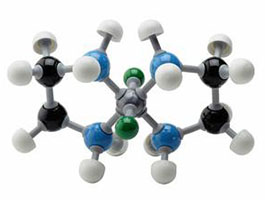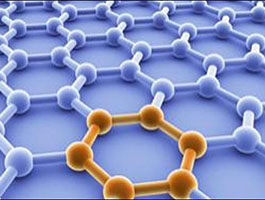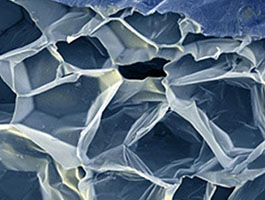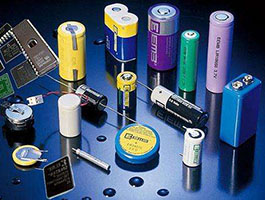1.Abstract
Polymers, fiber-reinforced composites and ceramics are present in nearly everything around us. These durable, lightweight engineered materials are gaining ground because of the wide range of properties they offer. Nonmetallics can be engineered to meet any number of specific applications including heat and flame resistance, flexibility, durability and chemical resistance versus traditional metallic materials.
MTT Test Labs can provide analyses on new materials, support your R&D efforts, provide production control testing and comparative analyses.
2.Service object
Polymer materials manufacturers: in-depth product failure may cause the design, production, process, storage, transportation and so on stage, explore its failure mechanism, to improve product yield and provide basis for optimizing production processes.
Assembly plant: responsibility for arbitration; Improve assembly process; To help suppliers terms of the quality of incoming material inspection.
Distributors or agents, to provide favorable evidence for the quality responsibility, the responsibility for justice.
The machine user: improve product technology and reliability, improve the core competitiveness.
3.Produce benefit
1) It can find out fundamental failure reasons for polymer material, and effectively propose improving suggestions for products design and process;
2) It can provide improving suggestions for products and process; improve products yield and reliability as well as enhance product competitiveness;
3) It can clearly confirm the responsible party of product failure and provide the basis for the judicial arbitration.
4.Failure Analyisis of High Polymer Material
Fracture, cracking, corrosion, stratification, bubble, coating shedding, discoloration, abrasion failure etc.
(1).png) |
(1).png) |
| Discolor failure of Plastic frame | Cracking failure of plastic connector |
(1).png) |
(1).png) |
| IC delamination failure | Shedding failure of multilayer ink |
(1).png) |
|
| Fracture failure of elevator button PC frame |
5.Common failure analysis technology
Material component analysis
Microscopic Fourier transform infrared spectrum analysis(FTIR)
Microscopic confocal Raman spectrometer(Raman)
Scanning electron microscopy and energy spectrum analysis(SEM/EDS)
X-ray fluorescence spectrum analysis(XRF)
Gas chromatography - mass spectrometry instrument(GC-MS)
Pyrolysis gas chromatography - mass spectrometry(PGC-MS)
Nuclear magnetic resonance analysis(NMR)
Auger electron energy spectrum analysis(AES)
X-ray photoelectron spectroscopy analysis(XPS)
X-ray diffractometer(XRD)
Time-of-flight secondary ion mass spectrometry(TOF-SIMS)
.png) |
.png) |
.png) |
.png) |
Material thermal analysis
Differential scanning calorimeter method
Thermogravimetric analysis
Thermal mechanical analysis
The dynamic thermal mechanical analysis
Material pyrolysis analysis
Gel permeation chromatography analysis
Melt index test
The material fracture analysis
Asana microscope
Scanning electron microscopy analysis
The physical properties of material test
The tensile strength, bending strength, etc
Failure emersion/verification








